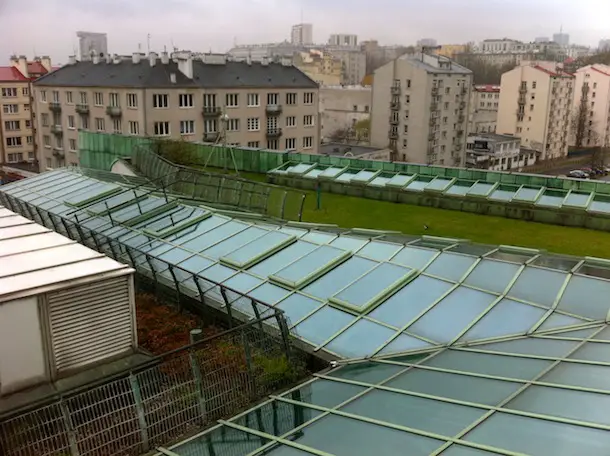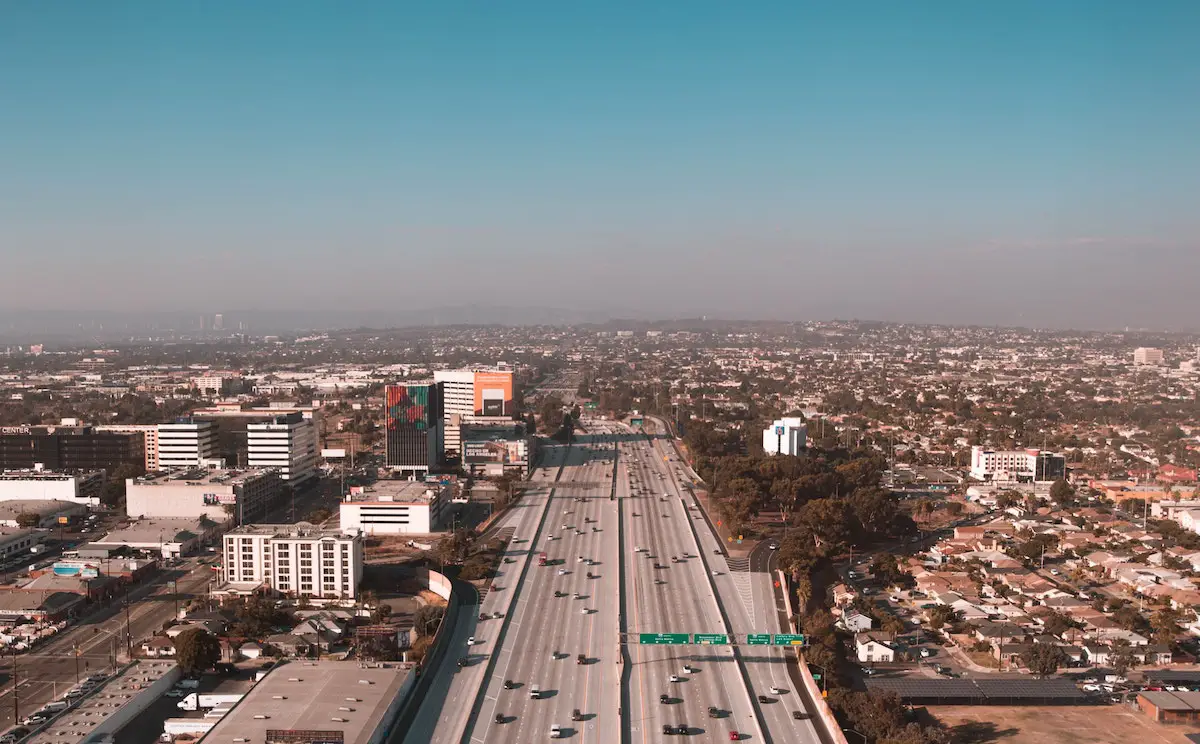If you think about your favourite streets, the ones where you like to hang out and meet up with friends: the chances are that these types of street are walkable. Well it turns out that walkable streets are not only fun and exciting places to be, they are also incredibly profitable.
Research commissioned by the TfL Urban Design team has found that making a street more walkable can add up to £30,000 to the average property price in that street. In one case study, they found that over £9.5million had been added to local property prices by improving a street with:
- widened pavements;
- extra trees;
- improved lighting;
- new wayfinding signs.
Shoppers like walkability
As well as house prices, the study also found a financial link between street walkability and shop rental values. This in turn reflects on the amount of money each shop could expect to make from being on that particular street. This may help to explain the current ‘gold-rush’ of large supermarket chains building small grocery stores in walkable urban areas.
What is more, it seems that retailers aren’t just benefiting from walkable streets, they are willing to pay for improvements if it means more cash profits. In a ‘willingness to pay’ survey of 400 high street retailers in London, they found that retailers were willing to make a one-off payment to improve their street if it increased profitability.
This adds to the growing body of evidence that shoppers like walkability. For instance, another study found that by pedestrianising a street you can increase shop footfall by between 20-40%. In London people who walk to a town centre spend over 40% more than those arriving by car and over 55% more than those travelling by tube.
Money talks
Its hard facts like these that can really make business-people and politicians sit up and take notice. Perhaps what is more encouraging is that these figures seem to be the tip of the iceberg. The initial TfL study only focussed upon property prices and just considered the four street design elements that added the most value. But there are many other benefits such as health and carbon that can also be monetised and added to the equation.
In fact this is exactly what the Urban Design team at TfL have done. By adding evidence on social, environmental and health benefits they have recently produced a ‘Valuing Urban Realm Toolkit’. The toolkit enables town planners and urban designers to perform cost-benefit analysis of potential street improvements and make a business case for the changes.
At a time when everyone is looking to grow our economy, lets hope that this exciting new evidence is enough to convince government and business to build walkable streets that make every part of our lives richer.
Photo: Raoul Croes


